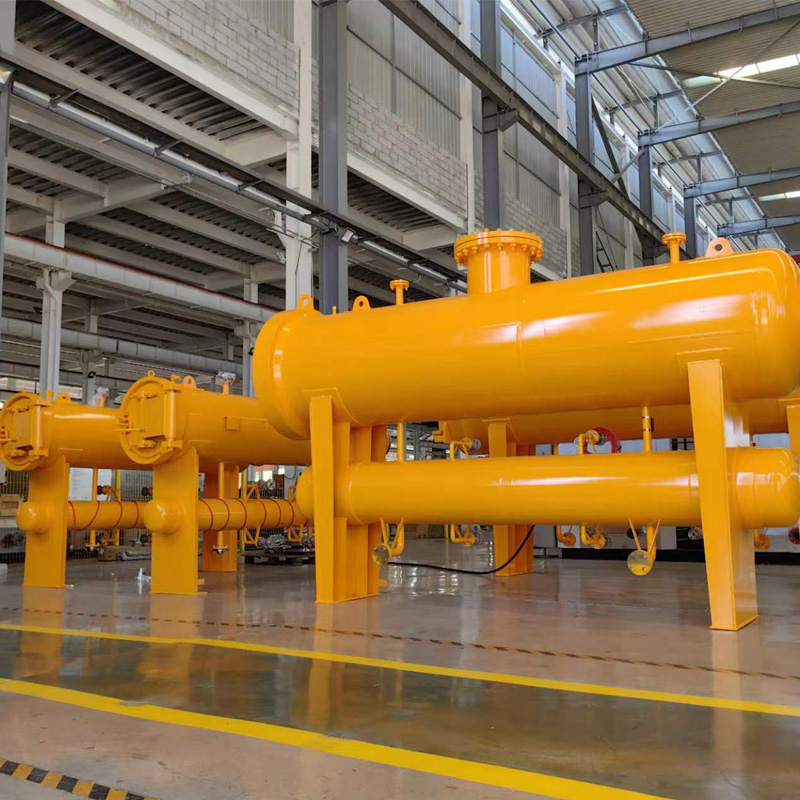
Nov . 30, 2024 13:11
Back to list
natural gas distribution station
The Importance of Natural Gas Distribution Stations
Natural gas has emerged as a crucial energy source in today’s world, serving various sectors, including residential, commercial, and industrial users. At the heart of the natural gas supply chain are distribution stations. These facilities play a vital role in ensuring the safe, efficient, and reliable delivery of natural gas from transmission pipelines to end-users.
Understanding Natural Gas Distribution Stations
Natural gas distribution stations are critical infrastructure components that manage the last leg of the natural gas delivery system. These stations receive high-pressure natural gas from transmission pipelines and lower it to a suitable pressure for distribution to homes and businesses. The process involves several steps to ensure safety and efficiency, including pressure regulation, odorization, and quality monitoring.
Key Functions of Distribution Stations
1. Pressure Regulation One of the primary functions of natural gas distribution stations is to regulate pressure. Natural gas travels through transmission lines under high pressure, sometimes exceeding 1,000 psi (pounds per square inch). At distribution stations, this pressure is reduced to a much lower level, typically between 5 to 60 psi, making it safe for delivery to customers. Regulators within these stations adjust and maintain the pressure levels, ensuring that the gas delivered is neither too aggressive nor too weak.
2. Odorization Natural gas is naturally odorless and colorless, which poses safety concerns in case of leaks. To mitigate this risk, distribution stations introduce a distinct odorant, usually mercaptan, into the gas. This process makes it possible for consumers to detect gas leaks quickly, allowing for timely response and enhanced safety measures in residential and commercial areas.
3. Quality Monitoring Ensuring the quality of the natural gas being distributed is essential. Distribution stations are equipped with various monitoring systems that continually analyze the gas to check for impurities or harmful substances. This ensures that only high-quality natural gas is delivered to consumers, adhering to safety and environmental regulations.
natural gas distribution station

Safety Features of Distribution Stations
Safety is paramount in the operation of natural gas distribution stations. These facilities are equipped with several features designed to prevent and respond to emergencies
- Emergency Shutoff Valves In the event of a gas leak or other emergencies, distribution stations have emergency shutoff valves that can quickly halt the flow of gas. This minimizes the risk of explosion and other hazards. - Leak Detection Systems Advanced technologies, such as infrared cameras and gas detectors, are used to monitor for leaks continuously. These systems provide real-time data, allowing operators to respond swiftly to any detected anomalies.
- Maintenance Protocols Regular maintenance and inspections are conducted to ensure that all equipment operates efficiently and safely. This includes checks on pipelines, safety valves, and pressure regulators, minimizing the risk of failures.
The Role of Distribution Stations in the Energy Transition
As the world moves toward a more sustainable energy future, natural gas distribution stations will play an essential role in facilitating the transition. Natural gas is often viewed as a bridge fuel, providing a cleaner alternative to coal and oil, especially in power generation. Moreover, with the advent of renewable energy sources, distribution stations will need to adapt to a more complex energy grid, incorporating biogas and green hydrogen in the future.
In conclusion, natural gas distribution stations are indispensable to the efficient functioning of the energy sector. They ensure that natural gas reaches consumers safely and reliably while maintaining high standards of quality. As we navigate the challenges of climate change and energy transition, these facilities will be vital in supporting a shift towards cleaner energy solutions, making their role in our society ever more significant.
Latest news
-
Safety Valve Spring-Loaded Design Overpressure ProtectionNewsJul.25,2025
-
Precision Voltage Regulator AC5 Accuracy Grade PerformanceNewsJul.25,2025
-
Natural Gas Pressure Regulating Skid Industrial Pipeline ApplicationsNewsJul.25,2025
-
Natural Gas Filter Stainless Steel Mesh Element DesignNewsJul.25,2025
-
Gas Pressure Regulator Valve Direct-Acting Spring-Loaded DesignNewsJul.25,2025
-
Decompression Equipment Multi-Stage Heat Exchange System DesignNewsJul.25,2025

